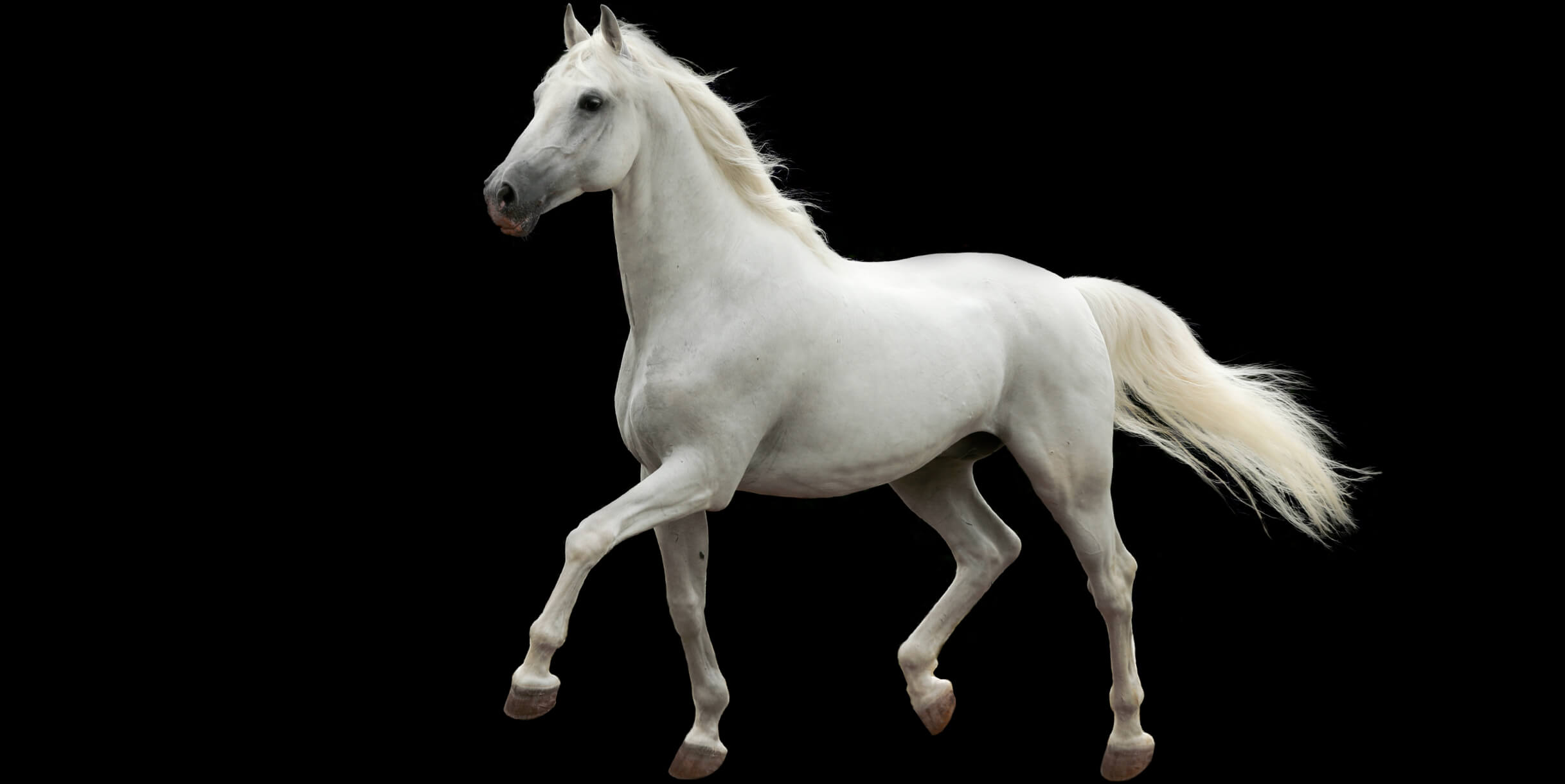About the Stud Farm
Lipica is the home of the Lipizzan horses and the biggest Lipizzan stud farm in the world. The beginning of its unique story dates back to 1580. The story of the world’s first stud farm for Lipizzan horses is also a story of pleasant experiences. Experience it in the company of over 300 white Lipizzan horses across more than 300 hectares of green space.


In winter, horses have denser and longer hair. Before winter, they are thoroughly brushed, which helps to speed up blood circulation and the shedding of summer hair, so that the coat change happens as quickly and efficiently as possible.
The positioning of the ears indicates the horse’s mood.
The large eyes along the sides of the head cover a wide field of view, and each eye can independently observe what is happening on its side of the body.
A horse’s teeth grow continuously. They are worn down through grazing; however, domesticated horses need to have their teeth floated every few years.
Horses are herbivores, which means that they feed exclusively on plants (fresh grass, hay, etc.). Interestingly, it is best not to feed them pears because it causes bloating.
Horse tail hair is also used for the bows of the finest string instruments.
Horses mostly stand during the day, and they can also doze while standing. Horses “lock” the joints and muscles in their legs during napping, which is why they do not fall, even while sleeping.
Horse hooves are made out of the same substance that forms our fingernails. The hooves grow continuously, so they need to be trimmed and rasped.
The horse recognises things more by smell than by appearance.
The Lipica Riding School only began developing in 1952, when the Department of Haute École was established at the Lipica Stud Farm. It has been modelled on the Spanish Riding School in Vienna since the very beginning. The first notable successes were achieved by Alfonz Pečovnik in the late 1950s. After 1980, competitors from Lipica became the best in the world. They competed individually and as a team in European and world championships, Olympic Games, European leagues, and the Balkan Games.
Lipica houses several museums that testify to the rich and varied history of Lipica, horses, and other heritage.
A museum dedicated to the heritage of Karst cuisine.
The largest museum in Lipica, where you can interactively learn everything about the history of Lipica, Lipizzan horses, and horses in general.
Some of the carriages that were used to transport people throughout history are on display in the Carriage Museum.
Avgust Černigoj was a Constructivist, and one of the leading figures of the Slovenian avant-garde in fine arts.